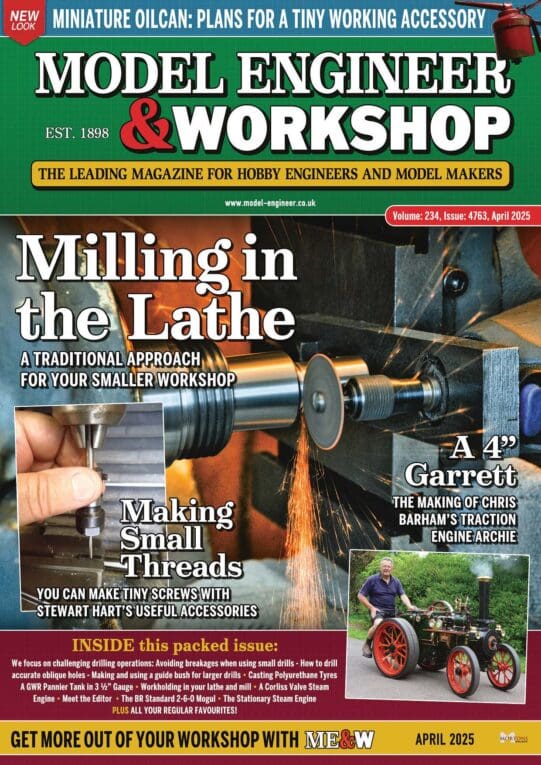Michael, I don't know anything practical (other than what I was taught) about tube production or soft metal wire production such as copper etc. My experience is related only to spring steel products – hard drawn and rolled sections – and some limited mild steel rolling of profiles. It was all done at relatively high speeds, drawing runs from circa 600 ft/min and rolling half that speed. All the stuff we used to make was large production – a rod at a time with rods being welded together end on end and the joint cut out at the finished end (rod = 2 tonne mill stock coil – the sort of thing you see stacked on the back of trucks with the coil being some 4 ft dia. and perhaps 6 ft tall).
We would take annealed spring steel and draw it down to produce either a hard drawn (work hardened) or heat treated (either soft annealed or harden and temper) wire or process it further by rolling it in a set of opposing rolls on one or two axis simultaneously to produce trapezoids or prismatic forms along with ovals and round edge flats. Rolling and drawing is done in stages and roll sets are normally linked together in a series machine to allow multiple operations and passes as there is a limit (normally about 10% reduction of CSA) on how much work can be done at a single pass.
The material would often require HTreatment after drawing or rolling and this was also done in a continuous process – the last company I worked for used to make very high quality spring steels and I understand they were one of the last companies in the UK to provide "lead patent" wire which was quenched in lead rather than oil or air – producing the finest quality spring wire available at the time.
As an aside, we used to make oval spring wire that was some 3 x 1 mm (major/minor axis) and this was always one of the most demanding products we made. It had a very specific use….. it was formed into bra stay wires!
There is a huge amount of knowledge involved in this area of manufacture and a lot of it is propriety, if you have a specific question I would be happy to try and help but it would take a lot of time and effort to try and document the whole process.
Mark
colin hawes.




